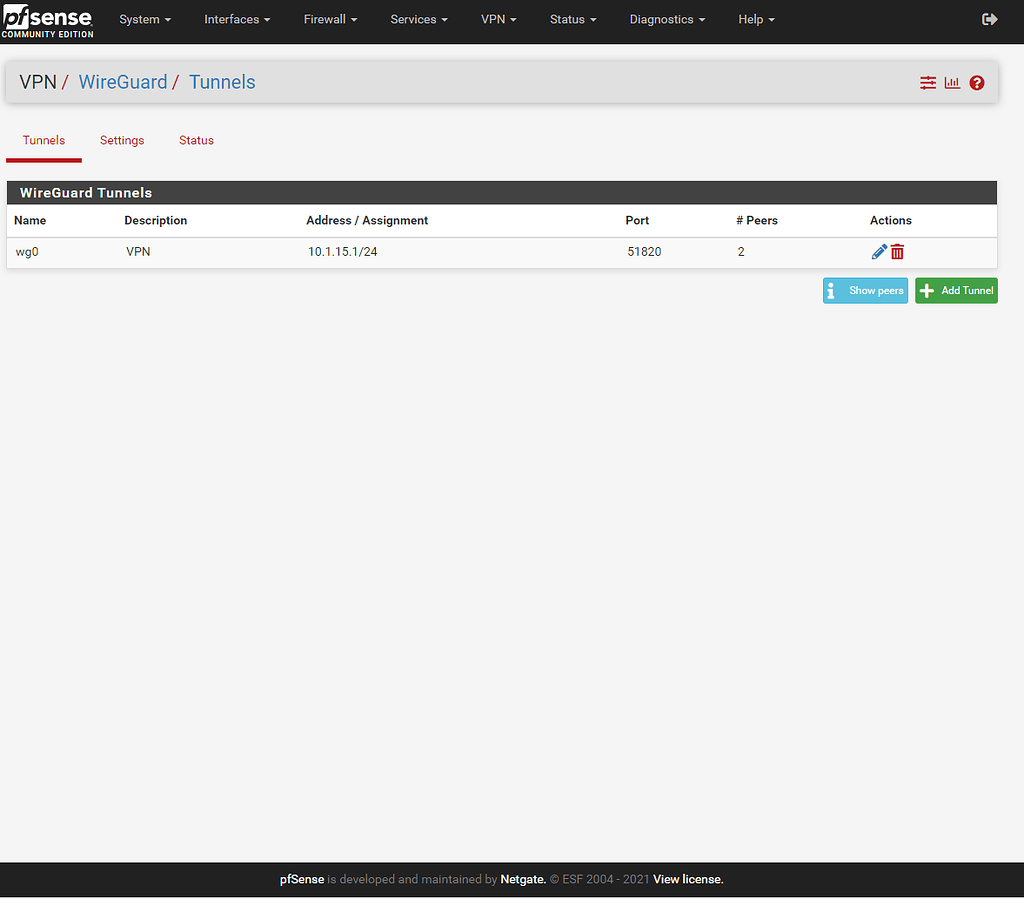



If you’re looking to remotely access your own home network, privately network with family/friends, or encrypt all of your internet traffic, then the other computer would be a personal server on a cloud provider like DigitalOcean or AWS. If you’re looking to remotely access company intranet sites and services, the other computer would be a server in an office or on a company cloud network. One of these is typically a desktop/laptop/phone in your possession. To set up a VPN, we need two computers that we want to connect. We’ll walk through setting up an IPv4-only WireGuard VPN server on DigitalOcean, and I’ll highlight tips and tricks and educational asides that should help you build a deeper understanding and, ultimately, save you time compared to “just copy these code blocks” WireGuard tutorials. WireGuard is a relatively new VPN implementation that was added to the Linux 5.6 kernel in 2020 and is faster and simpler than other popular VPN options like IPsec and OpenVPN. What They Don’t Tell You About Setting Up A WireGuard VPN


 0 kommentar(er)
0 kommentar(er)
